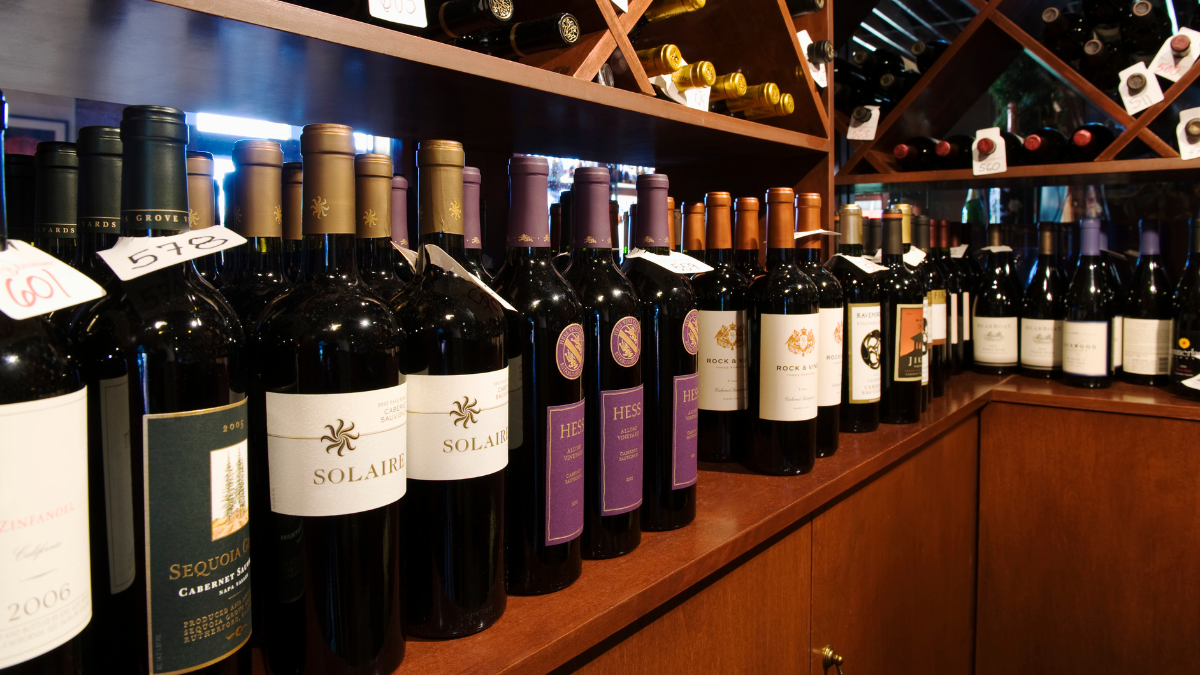The world of spirits is vast and diverse, but few beverages can rival the unique cultural richness, delicate flavor profiles, and storied history of Japanese sake. From the ancient sake brewing rituals to the contemporary sake bars, this distinctive rice wine has taken an influential place on the global stage, offering an alluring blend of tradition and innovation. This article will take you on a comprehensive journey, diving into the mesmerizing world of sake.
An Introduction to Sake: Japan’s Liquid Gold
Sake, often referred to as nihonshu in Japan, is a traditional alcoholic beverage made from fermented rice. The brewing process, which involves a special rice variety, water, yeast, and koji (a type of mold), is an intricate craft that can be traced back as far as the 8th century. Despite its popular reference as rice wine, the production of sake is actually more akin to brewing beer, with the rice starch converted to sugars that are then fermented into alcohol.
The Sake Brewing Process: A Harmony of Elements
The production of sake is a testament to the delicate balance between human skill and natural elements. First, the rice is polished to remove the outer layer, with the degree of polishing significantly affecting the flavor and class of the final product. Next, the polished rice is steamed and fermented, a process enriched by the addition of koji. Fermentation occurs in a unique method called multiple parallel fermentation, where the conversion of starch into sugar and sugar into alcohol happens simultaneously.
The Art of Savoring Sake: Taste and Pairing
Like any fine beverage, appreciating sake extends beyond just drinking it. The temperature, serving method, and choice of glassware can all influence the flavor profile and overall enjoyment. Sake is traditionally served in small, ceramic cups called ‘ochoko,’ but more contemporary practices also use wine glasses to allow the sake to breathe and release more aromatics. Pairing sake with food is an art in itself; the subtle flavors in sake beautifully complement a range of cuisines beyond just Japanese, from seafood and grilled meats to cheese and desserts.
The Rising Global Popularity of Sake
In recent years, sake has captivated the hearts and palates of enthusiasts worldwide. This can be attributed to a growing interest in Japanese culture, but also to the hard work and dedication of sake breweries that continue to innovate while honoring tradition. Sake has also made its mark in the craft cocktail scene, offering mixologists a new ingredient with complex and nuanced flavors to experiment with.

Discover the World of Sake: A Journey of Cultural Heritage and Flavor
Embracing sake is not just about exploring a beverage; it’s about immersing oneself in a cultural heritage that spans centuries. Whether you are a seasoned connoisseur or a curious novice, the world of sake has something to offer everyone. From the sweet, fruity notes of a Ginjo sake to the deep, umami flavors of a Junmai, there’s a world of discovery awaiting in each sip of this exquisite rice wine.
In conclusion, Japanese sake, with its rich history, intricate brewing process, and diverse flavor profiles, has established itself as a global sensation. Whether you’re tasting it for the first time or exploring new brands, there’s a sake out there waiting to be enjoyed. From traditional Japanese Izakayas to the chicest bars in New York or London, the magic of sake is within your reach. It’s time to embark on a sake adventure, appreciating the art, history, and flavors of this Japanese liquid gold.








